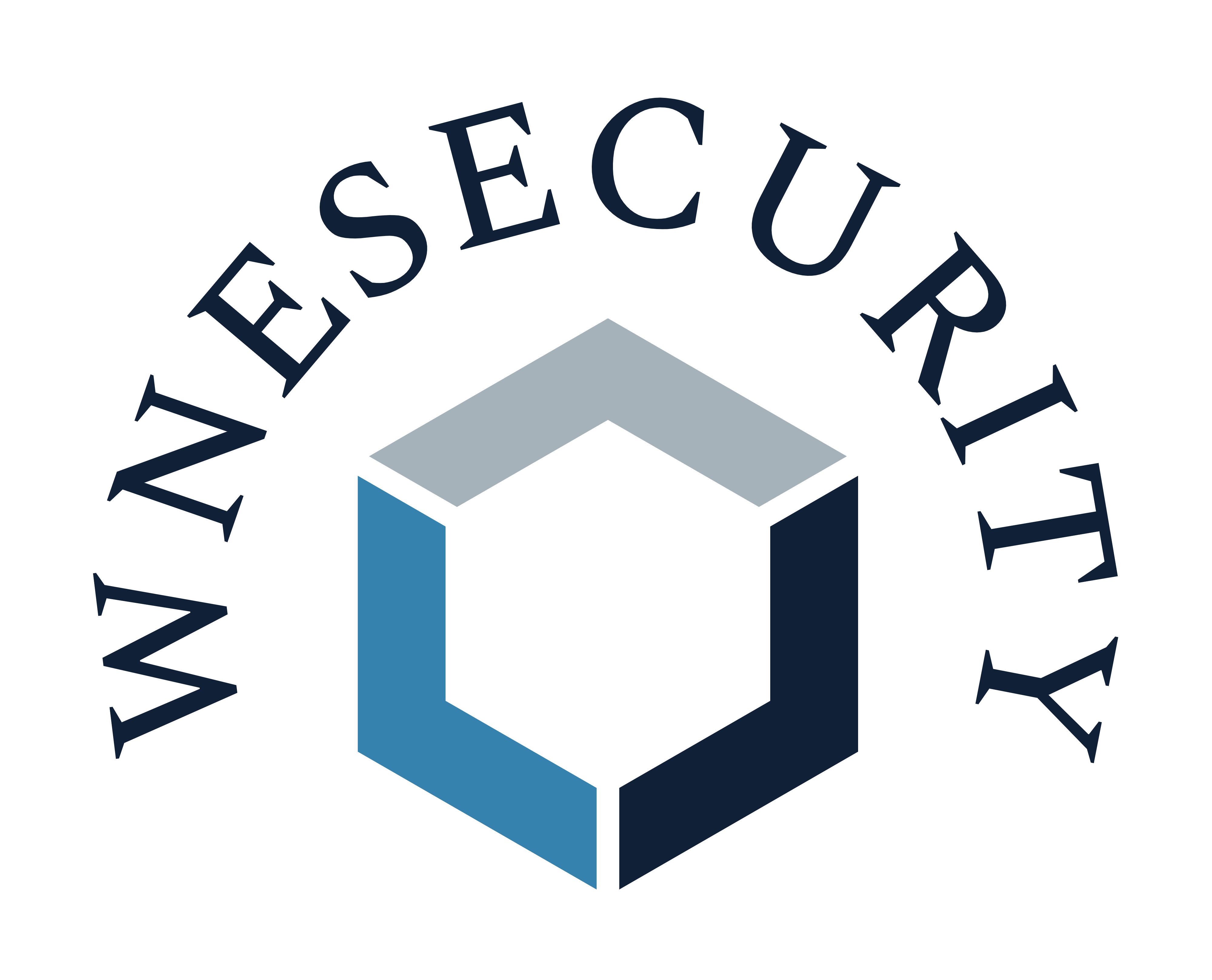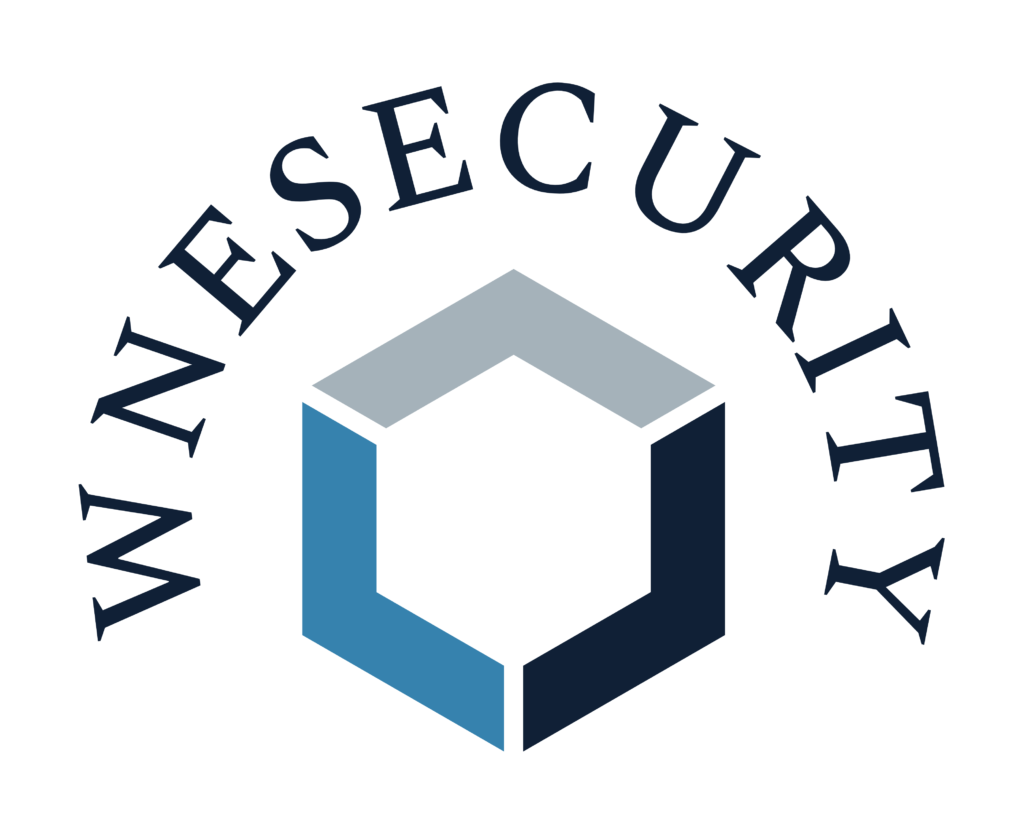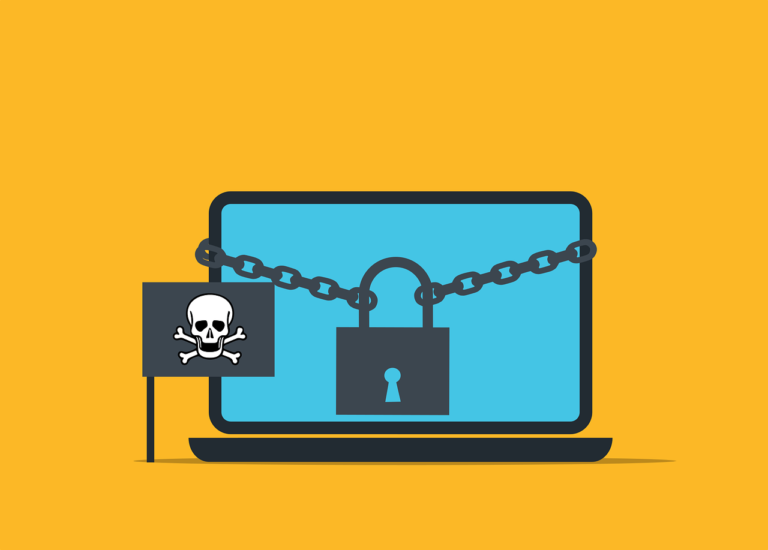WNE Security News
The most important cyber news to stay up to date with
Embracing the Zero Trust Paradigm: A New Era in Cybersecurity

WNE Security Publisher
1/16/2023

Need Assistance Implementing Zero Trust Paradigm?
Have it done by experts by clicking the button below to learn more about our consulting service and to schedule a free meeting today!
The “Zero Trust Paradigm” is a new way of thinking about your organizations Information Security. Zero Trust Paradigm states that all users should have access to only the necessary information and privileges needed for them to do their job. This can look very differently depending on your organizations industry and their job roles, but it can always and should always be done. Its important to not that the Zero Trust Paradigm is not only because of the possibility of an employee becoming a threat actor, but also to defend against account compromise such as an attacker gaining access to an employees computer. In this article we will show how your organization can reach your Zero Trust Paradigm goal and why you would even want to.
Understanding the Zero Trust Paradigm:
The Zero Trust Paradigm is a cybersecurity framework that challenges the traditional notion of trusting everything within a network. Unlike conventional security models that rely on perimeter defense, the Zero Trust model assumes that no entity, whether inside or outside the network, should be trusted by default. Instead, it emphasizes verifying the identity and security posture of every user and device, regardless of their location. This is not only because of the possibility of an employee becoming a threat actor, but also to defend against account compromise such as an attacker gaining access to an employees computer.
Key Principles to Implementing Zero Trust:
1. Conduct a Comprehensive Asset Inventory:
Before implementing Zero Trust, organizations must have a clear understanding of their assets. This includes identifying all devices, applications, and data repositories within the network. Creating a comprehensive asset inventory lays the foundation for effective security policies.
2. Define Data Classification and Access Policies:
Classify data based on sensitivity and establish access policies accordingly. Clearly define who has access to what data and implement the principle of least privilege. Users and devices should only be granted the minimum level of access necessary to perform their duties, reducing the risk of unauthorized access.
3. Implement Multi-Factor Authentication (MFA):
Authentication is a critical aspect of Zero Trust. By implementing MFA, organizations add an extra layer of security, requiring users to provide multiple forms of verification. This significantly reduces the risk of unauthorized access, even if login credentials are compromised.
4. Continuous Identity Verification:
Zero Trust relies on continuous identity verification. Traditional security models often verify identities at the point of entry, assuming trust afterward. In contrast, Zero Trust continuously monitors user and device behavior, promptly identifying and responding to anomalies.
5. Micro-Segmentation of Networks:
Divide the network into smaller, isolated segments to limit lateral movement in case of a security breach. Each segment should have specific access controls, and communication between segments should be restricted. This approach hinders attackers from freely navigating through the network.
6. Data Encryption at Rest and in Transit:
Encrypting data adds an additional layer of protection. Implement encryption for data stored on devices or servers (at rest) and data transmitted between devices (in transit). This ensures that even if unauthorized entities gain access, the data remains unintelligible without the proper decryption keys.
7. Continuous Monitoring and Anomaly Detection:
Employ robust monitoring tools to continuously track user and device activities. Set up alerts for suspicious behavior and potential security threats. Real-time anomaly detection allows organizations to respond promptly, mitigating the impact of security incidents.
8. Regular Security Audits and Assessments:
Conduct regular security audits to evaluate the effectiveness of the Zero Trust implementation. This includes reviewing access controls, monitoring logs, and assessing the overall security posture. Regular assessments help identify areas for improvement and ensure ongoing compliance with Zero Trust principles.
9. Employee Training and Awareness:
Educate employees about the Zero Trust model and their role in maintaining a secure environment. Promote awareness of potential threats, the importance of following security protocols, and the impact of their actions on overall cybersecurity.
10. Adopt a Zero Trust Mindset:
Implementing Zero Trust is not just a technological shift; it’s a cultural change. Foster a Zero Trust mindset across the organization, emphasizing the need for vigilance and proactive security measures. Encourage collaboration between IT, security teams, and employees to collectively strengthen the security posture.
Benefits of Implementing Zero Trust:
Enhanced Security Posture:
- By assuming that threats can originate from both internal and external sources, Zero Trust provides a more robust security posture, reducing the risk of data breaches.
Adaptability to Remote Work Environments:
- In an era of remote work, where employees access sensitive data from various locations, Zero Trust ensures that security measures are consistently applied, regardless of the user’s location.
Reduced Attack Surface:
- Micro-segmentation and least privilege access contribute to a minimized attack surface, making it more challenging for attackers to exploit vulnerabilities.
Compliance with Regulatory Standards:
- Implementing a Zero Trust framework helps organizations meet regulatory compliance standards by adopting stringent security measures and data protection practices.
The Zero Trust Paradigm represents a significant shift in cybersecurity, aligning with the evolving nature of digital threats. Organizations that embrace this model can establish a more resilient defense against cyber-attacks, safeguarding their critical assets in an increasingly interconnected world. As the digital landscape continues to evolve, the Zero Trust Paradigm stands as a beacon of proactive and adaptive cybersecurity.
Learn more about WNE Security products and services that can help keep you cyber safe.
Have it done by experts by clicking the button below to learn more about our consulting service and to schedule a free meeting today!

Stay updated with WNEsecurity’s news section for the latest in cybersecurity trends, threats, and protection measures.



